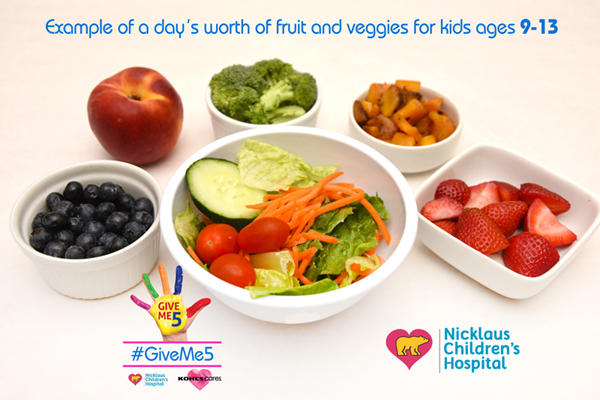Overweight and Obesity: A National Health Challenge
Obesity has become one of the most significant threats to the well being of our nation’s children. It is estimated that nearly 32 percent of children and adolescents are overweight and that 16 percent or more can be categorized as obese. Overweight or obese children and adolescents are vulnerable to immediate health problems as well as very serious chronic health conditions requiring ongoing medical treatment and management.
Associated health problems can include:
Tips on Getting Children Active
As a parent, you can help shape your child’s attitudes and behaviors toward physical activity. Throughout their lives, encourage young people to be physically active for one hour or more each day, with activities ranging from informal, active play to organized sports.
Here are some ways you can do this:
- Set a positive example by leading an active lifestyle yourself.
- Make physical activity part of your family’s daily routine by taking family walks or playing active games together.
- Give your children equipment that encourages physical activity.
- Take young people to places where they can be active, such as public parks, community baseball fields or basketball courts.
- Make physical activity fun. Fun activities include walking, running, skating, bicycling, swimming, playground activities or free-time play.
- Instead of watching television after dinner, encourage your child to find fun activities to do on their own or with friends and family.
- Be safe! Always provide protective equipment such as helmets, wrist pads or knee pads and ensure that activity is age-appropriate.
Content provided by Division of Nutrition, Physical Activity and Obesity, National Center for Chronic Disease Prevention and Health Promotion.
Helping Your Child Get Fit!
Exercise for Better Health
Children and adolescents should participate in 60 minutes (1 hour) or more of physical activity each day. We recommend a combination of aerobic activity, muscle strengthening and bone strengthening. (Very obese children or those with health issues should check with their doctor before beginning a program of vigorous exercise.)
| Aerobic Activity: |
Aerobic activity should make up most of your child’s 60 or more minutes of physical activity each day. This can include either moderate-intensity aerobic activity, such as brisk walking, or vigorous-intensity activity, such as running. Be sure to include vigorous-intensity aerobic activity at least three days per week. |
| Muscle Strengthening: |
Include muscle strengthening activities, such as gymnastics or push-ups, at least three days per week. |
| Bone Strengthening: |
Include bone strengthening activities, such as jumping rope or running, at least three days per week. |
Healthy Meals (and Snacks!) Matter
Healthy meals are an important part of maintaining good health and appropriate body weight.
Breakfast
A healthy breakfast is an especially important part of your child’s routine. Studies show that kids who eat breakfast do better in school than kids who don’t.
The benefits of eating breakfast include:
- Better math and reading skills
- Better classroom behavior
- Better attendance
Follow these easy steps for a healthy breakfast:
- Provide more than one food group: This will help your child get the many nutrients that a growing body needs.
- Eat less fat and sugar: Fat and sugar add extra unneeded calories.
- Eat foods that contain high fiber: Fruits, vegetables and whole grains are packed with vitamins and minerals along with fiber to help you child feel full longer.
Snacks
Snacks are very important for people of all ages, especially children and teens. Healthy snacks between meals help us get the nutrients we need to keep energized throughout the day. They can also help with making the right food choices for our meals.
Good snack choices include:
- Fruit: Banana, apple, orange, berries
- Low fat dairy: Low-fat cottage cheese, low-fat cheese cubes, low-fat milk and low-fat yogurt
- Veggies: baby carrots, celery, cherry tomatoes
- Other: Peanut butter, handful of nuts, hummus, high- fiber cereal or granola bars, low-fat popcorn,whole-grain crackers, pretzels

Better Choices for a Better Future:
You can help you child make better food choices by selecting products that promote a healthy weight.
Here are some suggestions for making improvements:
| Instead of: |
Consider: |
| Higher-fat lunch meats |
Lower-fat deli meats |
| White bread |
Whole-grain breads |
| Mayonnaise |
Light mayonnaise or mustard |
| Fried chips and snacks |
Baked chips, air-popped popcorn,veggies and dip |
| Fruit in syrup |
Fruit in natural juices or fresh fruit |
| Fruit drinks and soda |
Milk, water, or 100% fruit juice |
| Desserts high in sugar |
Flavored gelatin, low-fat pudding, graham crackers, or oatmeal raisin cookie |
*Adapted from Kidshealth.org